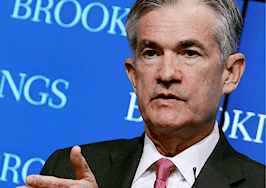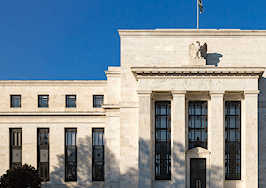As expected, the Fed raised the overnight cost of money by 0.25 percent to a band of 1.25 percent-1.50 percent.
Movement of the Fed rate — up or down — can put pressure on mortgage interest rates, which often follow the lead of the 10-year Treasury note aka the “long bond.”
The immediate response in long-term bond and mortgage markets was down. Slightly, but down.
How can this be so? The immediate reasons are these:
- The Fed’s forecast and statement accompanying the rate hike were peaceful. Many had feared an acceleration in future hikes.
- Inflation is still low, and that’s the primary concern in long-term markets. This morning’s CPI report showed core inflation at 1.7 percent in the last year, below economists’ forecasts, and significantly below the Fed’s 2 percent target.
- The European Central bank and Bank of Japan are holding their long-term bond yields far below ours. The German 10-year yield today is 0.317 percent, and Japan’s 0.049 percent. Global investors find our 2.37 percent yield very attractive no matter what the Fed does.
The biggest financial question in 2018: how far can the Fed push up the cost of money before mortgage rates go up?
Next year you will hear the term, “yield curve” — the graphic representation of the spread between short-term and long-term money — until you scream for mercy.
Lou Barnes is a mortgage broker based in Boulder, Colorado. He can be reached at lbarnes@pmglending.com.












